Resume Writing for College Students: Proven ATS Optimization Strategies
In today’s competitive job market, a well-structured resume is essential for college students aiming to stand out to employers. With Applicant Tracking Systems (ATS) filtering resumes and recruiters scanning documents in seconds, clarity, relevance, and strategic keyword use are non-negotiable. This guide outlines a four-part framework to help you create a polished resume that aligns with modern hiring trends and positions you for success.
1. Prioritize Structure: Why Clarity Wins Over Creativity 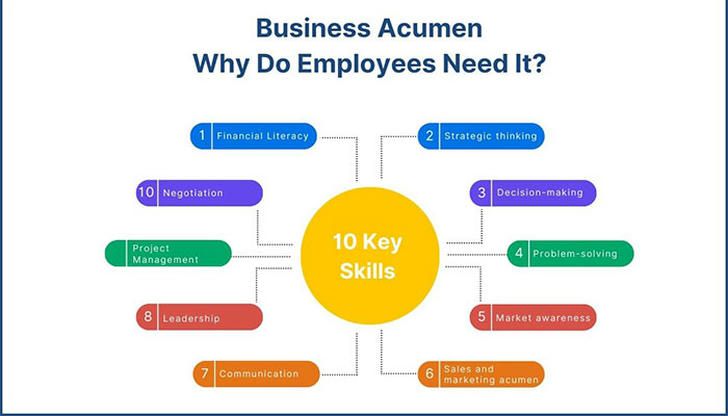
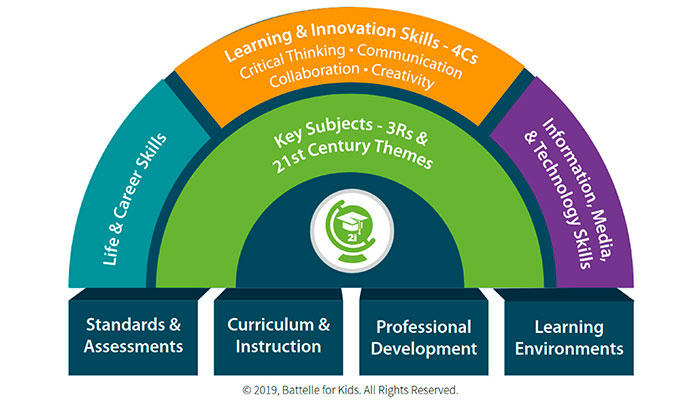
Recruiters and ATS software prioritize resumes that are easy to navigate. A logical structure ensures your key qualifications—education, skills, and experience—are immediately visible.
Start with these foundational sections:
- Contact Information: Include your full name, professional email, phone number, and LinkedIn/profile link (if applicable). Avoid unprofessional email handles or unnecessary details like photos.
- Professional Summary: Write a concise 2–3 line statement tailored to the job. Use keywords from the job description (e.g., "detail-oriented," "data-driven," or "collaborative") to align with ATS requirements. Example:
"Analytical business graduate skilled in market research and financial modeling. Proven leadership in university case competitions. Seeking an entry-level role in consulting to leverage problem-solving skills and drive client success." - Education: Highlight your degree, university, graduation date, relevant coursework, and academic honors. If your major is unrelated to the job, emphasize transferable skills like critical thinking or project management.
A clear structure not only improves readability but also ensures your resume passes ATS filters, which prioritize standardized headings and keyword density.
2. Showcase Experience and Skills Strategically 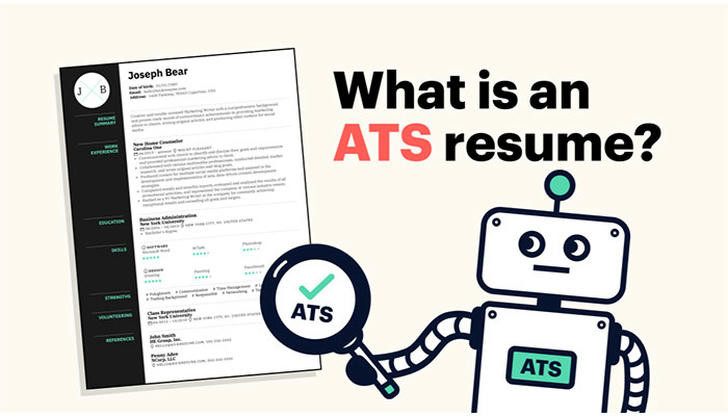
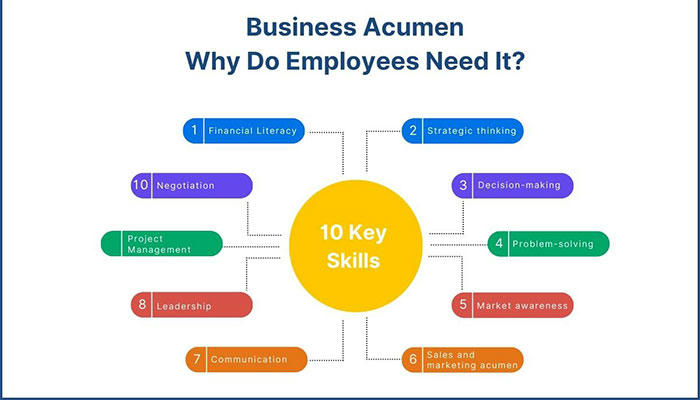
For students with limited work history, focus on internships, part-time roles, volunteer work, or academic projects. Use the STAR method (Situation, Task, Action, Result) to frame achievements:
- Example:
"Marketing Intern, XYZ Corp | Summer 2023"- Researched competitor strategies and identified 3 untapped social media opportunities.
- Collaborated with cross-functional teams to launch a TikTok campaign, increasing engagement by 40% in 8 weeks.
Quantify results where possible (e.g., "Managed a $5K budget" or "Improved workflow efficiency by 25%"). For technical roles, create a dedicated Skills section:
- Technical Skills: Python, SQL, Tableau, Adobe Suite.
- Certifications: Google Analytics, PMP, or industry-specific credentials.
- Soft Skills: Communication, teamwork, adaptability.
Avoid generic terms like "hardworking." Instead, use action verbs ("analyzed," "developed," "optimized") and mirror keywords from job employmentings to align with ATS algorithms.
3. Optimize Formatting for ATS and Human Readers 
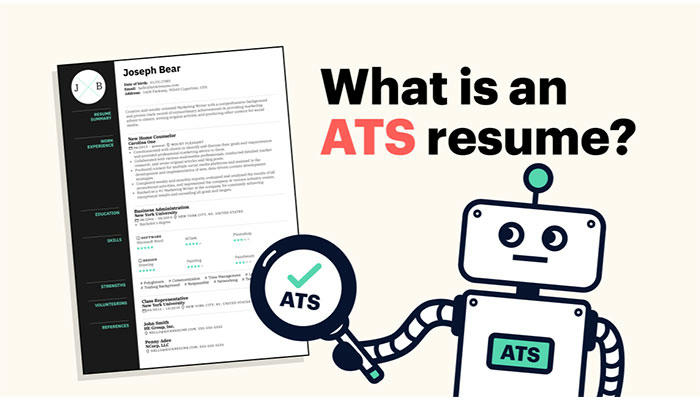
A resume’s visual presentation impacts both ATS compatibility and recruiter perception. Follow these guidelines:
- Font and Spacing: Use Arial, Calibri, or Times New Roman (10–12 pt font size) with 1-inch margins. Avoid decorative fonts or excessive colors.
- Headings: Label sections clearly (e.g., "Work Experience," "Education," "Technical Skills"). ATS systems struggle to interpret creative titles like "My Journey."
- File Format: Save as a PDF to preserve formatting across devices.
- Keyword Integration: Naturally incorporate industry-specific terms (e.g., "machine learning," "SEO optimization," or "financial auditing") in your summary, skills, and experience sections.
For roles in tech, design, or creative fields, a minimalist one-page template is ideal. If including extracurricular activities (e.g., club leadership or volunteer work), limit details to achievements that demonstrate leadership or relevant skills.
4. Avoid Common Pitfalls and Refine Your Draft

Even minor errors can undermine your credibility. Before submitting your resume:
- Proofread: Use tools like Grammarly to eliminate typos. Read the document aloud to catch awkward phrasing.
- Trim Irrelevant Content: Remove high school achievements, unrelated hobbies, or outdated experiences. Focus on quality over quantity.
- Tailor for Each Role: Customize your summary, skills, and bullet points to match the job description. For example, emphasize coding languages for software roles or event planning for marketing positions.
- Test ATS Compatibility: Upload your resume to free tools like Jobscan to check keyword alignment and formatting issues.
Finally, seek feedback from career advisors or professionals in your field. Their insights can help you refine tone, structure, and content to meet industry expectations.
Keywords for SEO: AI resume optimization, entry-level resume 2024, ATS-friendly resume, Gen Z job search, resume keywords for students, STAR method resume, career readiness tips, recent graduate resume.
By following this structured approach, you’ll create a resume that balances professionalism with strategic keyword use, ensuring it resonates with both ATS systems and hiring managers. With a polished document in hand, you’ll be ready to confidently pursue opportunities in your chosen field.
